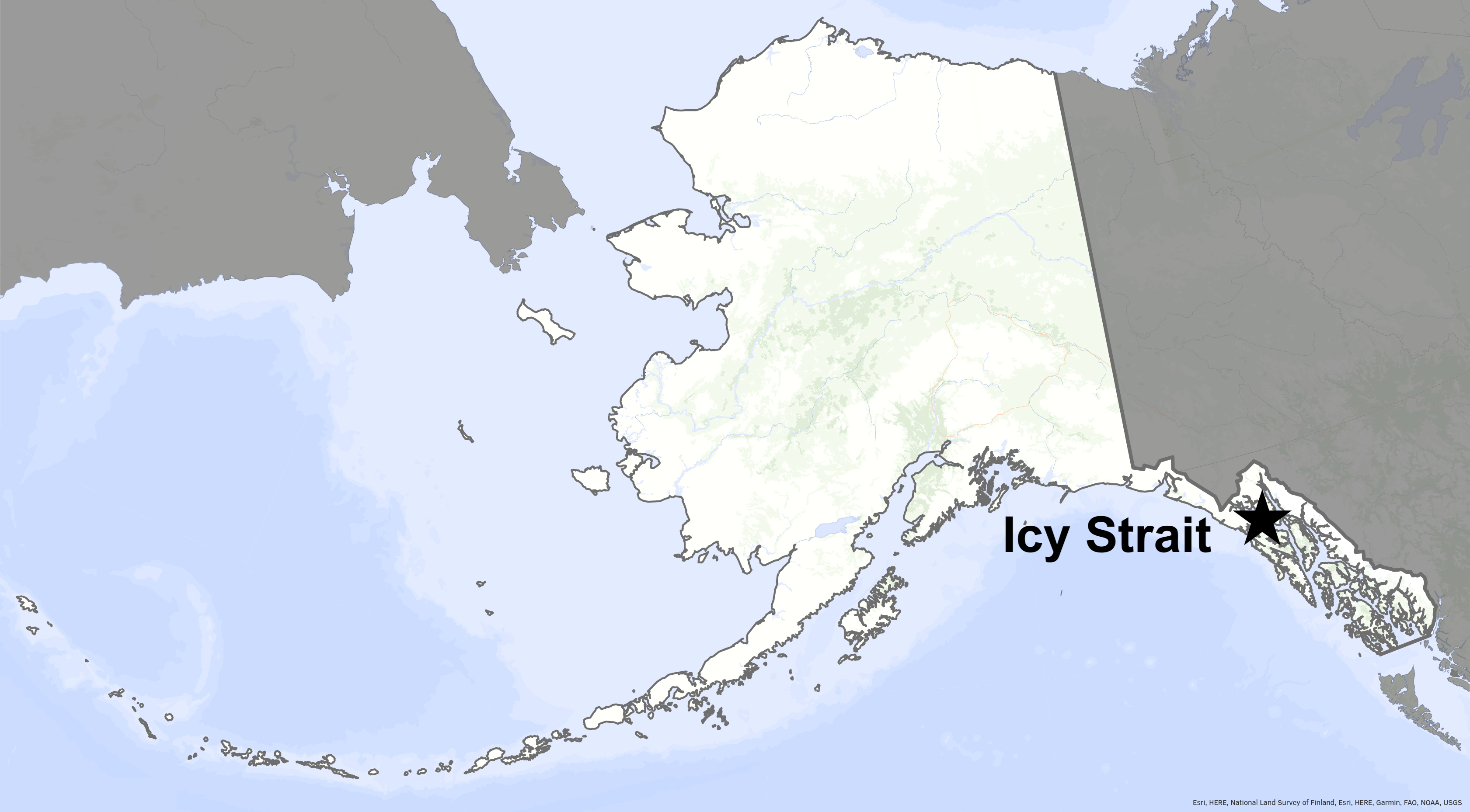
The welcome return of an old friend
There was a time when Christine Gabriele wondered if she’d ever see one of her favorite creatures again.
That 42-year-old female humpback whale — known as whale #219 to Gabriele and other biologists at Glacier Bay National Park and Preserve — had been missing from her favorite Icy Strait herring-fishing grounds in Alaska.
No one had seen the whale in two years.
Gabriele feared the worst. A heat wave from 2014 to 2016 that warmed the Gulf of Alaska and North Pacific Ocean had killed sea birds en masse. She and others also documented a nosedive in the Alaska population of humpback whales, likely because of warmer waters that did not favor the krill and small fish that marine mammals and seabirds eat.
But as she motored along doing her whale surveys in Glacier Bay, Gabriele hoped.
Then one late August day in 2017 Gabriele’s colleague Janet Neilson spotted a familiar whale tail in Icy Strait, just southeast of Glacier Bay. It was 219.
“I was ecstatic,” Gabriele said recently from her office in Gustavus, Alaska, just before she stepped into her boat for another whale survey in late August 2023. “She is special to me. She’s one of the first I learned to recognize when I started to work as a whale biologist in the early 1990s.”
That whale, the mother of at least 13 calves biologists had seen in Alaska waters over the years, had traits that might serve her well in tough times.
“She’s very unflappable, solid and solitary. She’s a calm whale,” Gabriele said.
Though 219 has greatly enhanced the whale population during a lifespan that is similar to a human’s, she by chance did not have a calf alongside her in 2014. That was lucky.
“Females that had a calf at the start of the heat wave had it tough,” Gabriele said. “Gestation and lactation take a lot of energy, so they were starting out in a depleted state.”
Even though 219 made it through the warm period — when waters of the northeastern Pacific Ocean were 4 to 10 degrees Fahrenheit above normal from California to the Gulf of Alaska — she looked stressed.
“In 2018 and ’19, she looked skinny and her skin looked bad,” Gabriele said. “We could see her shoulder blades; that’s how thin she was. I would bet money she stopped reproducing during the marine heat wave, went somewhere else and came back looking terrible.”
The Alaska population of humpback whales migrate between here in the summer and Hawaii or Mexico in the winter. Gabriele thinks that 219 must have found adequate food somewhere other than Alaska in the summers she was missing from Icy Strait.
“I don’t know where she went, but she had to do something different,” Gabriele said.
Baleen whales like the humpback have an incredible ability to fast: When migrating in December, January and parts of February, humpbacks can survive on their fat reserves. But they rely on finding plentiful food when they return to Alaska waters in spring.
Gabriele and her colleagues estimated that Glacier Bay humpbacks declined by more than half during the recent marine heat wave. More recently, in 2019 to 2023 the whale population in the area has stabilized at about 70 percent of its previous abundance.
“It really hit home for me watching this very stable whale population fall apart,” she said. “I realized just how close whales and I are in the food chain. My dinner plate is not very far from the whales’.
Gabriele points out that biologists have executed the humpback population study every year since 1985 using the same method: photographing the whales’ tails — each as distinctive as a fingerprint — as the whales dive. That has helped tell a long-term saga of the whales.
“Lately, it’s a sad story to tell, but I’m glad we’re able to tell it,” she said.
On the bright side, Gabriele reported that she and Neilson have documented 11 calves in summer 2023, “a fairly good number.” When those calves return in the future, eventually the females among them bring their own calves, which builds the population.
And — yes! — they have also spotted and photographed 219 this summer. Seeing that familiar gray-black body arcing through blue Alaska waters is a comfort to those who know her.
“When the whales are doing well, we are too,” Gabriele said.





